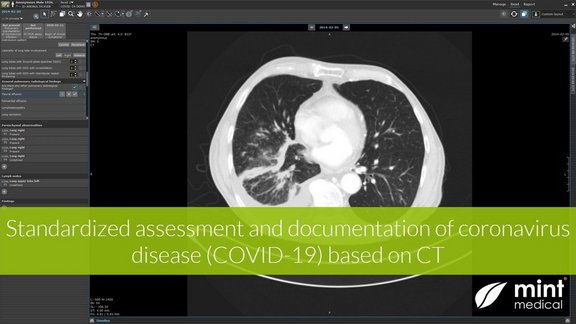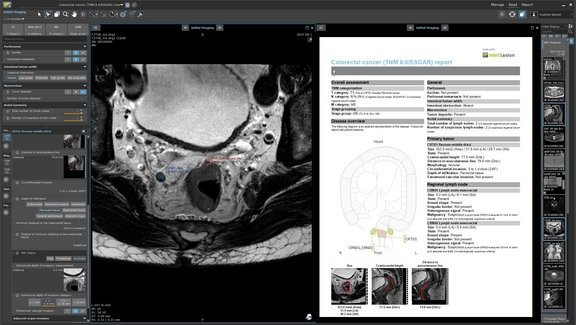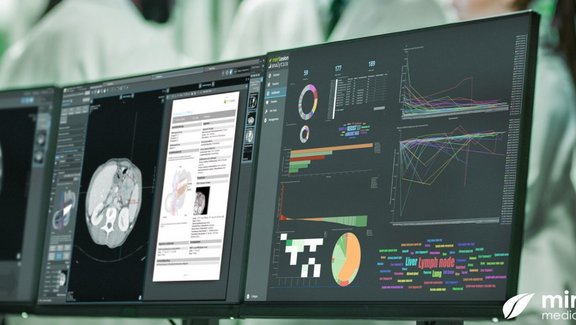In a collaborative, multi-center study, radiology experts developed and validated in mint Lesion a software-assisted structured reporting (SR) framework for non-small cell lung cancer (NSCLC) staging.
Findings revealed that SR significantly improved TNM classification accuracy, reducing common errors in T-, N-, and M-staging compared to traditional free-text reports. Radiologists using SR were more likely to classify cases correctly and rated the tool highly for enhancing report quality, completeness, and interdisciplinary communication. This study suggests that SR may not only improve clinical accuracy but also support data standardization for future lung cancer research.



